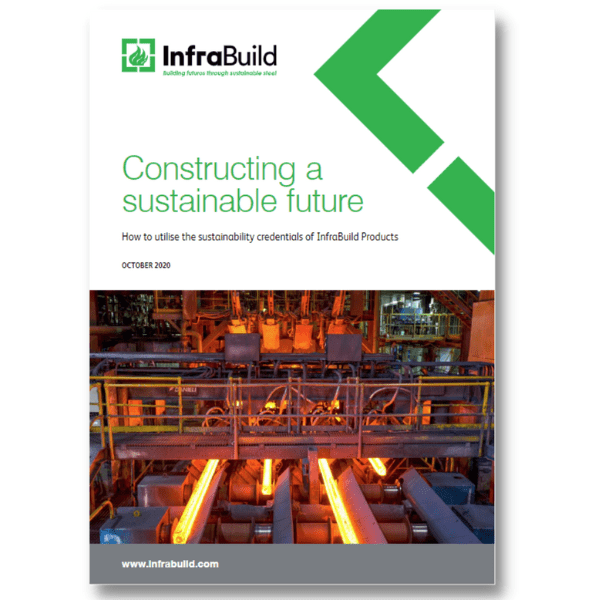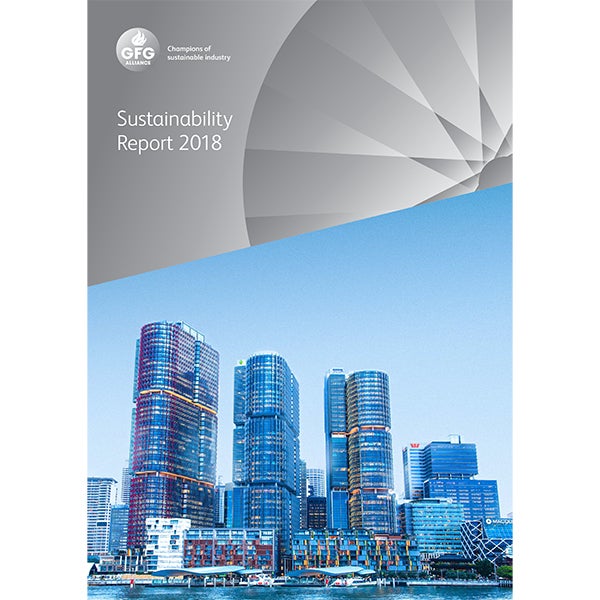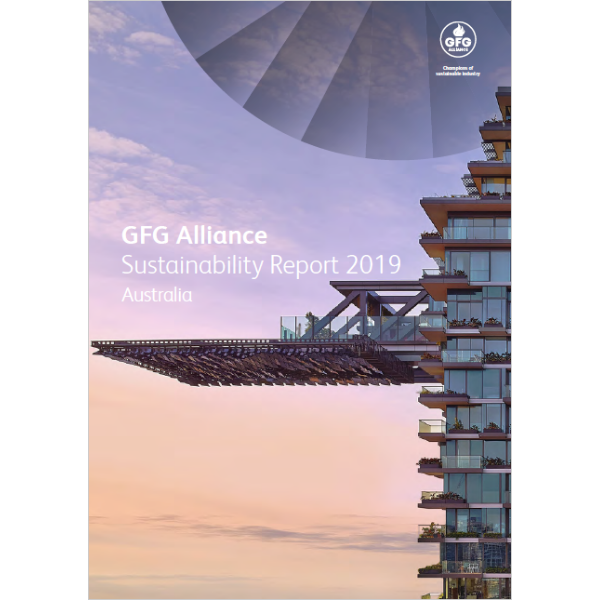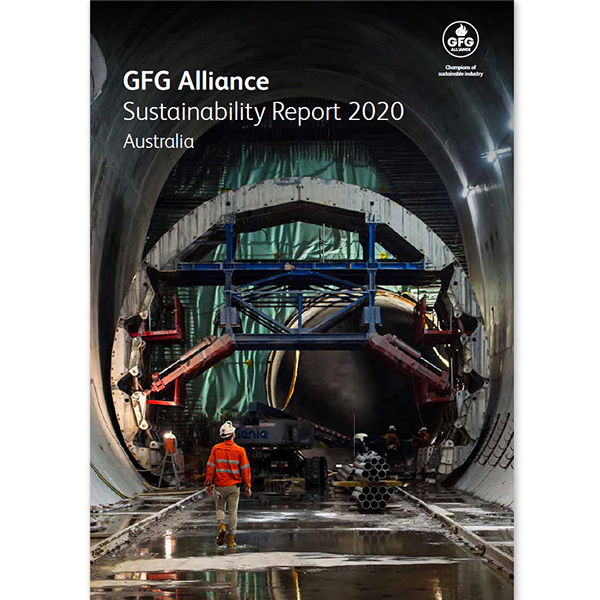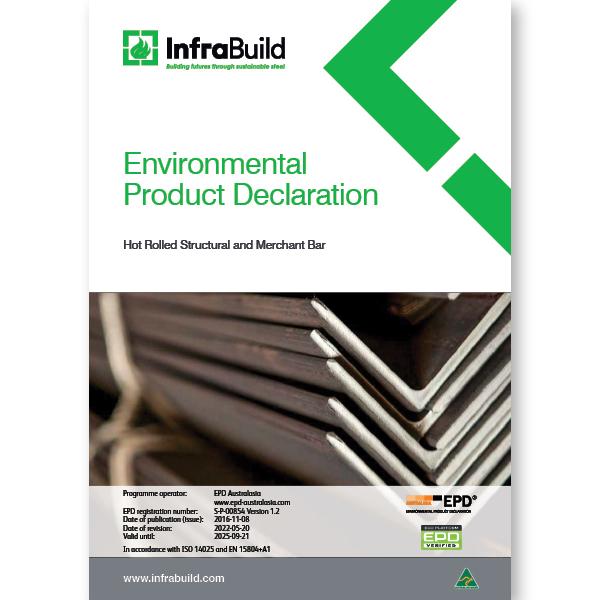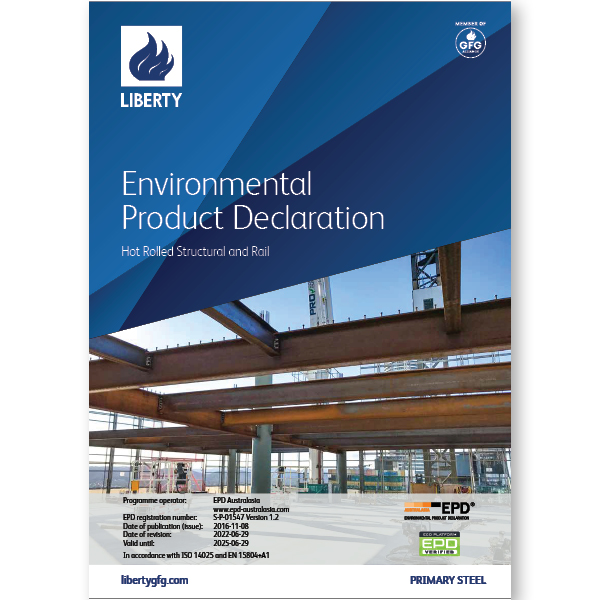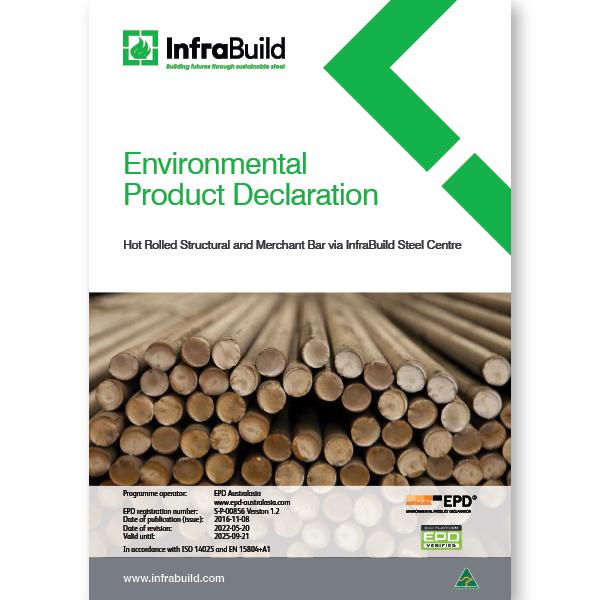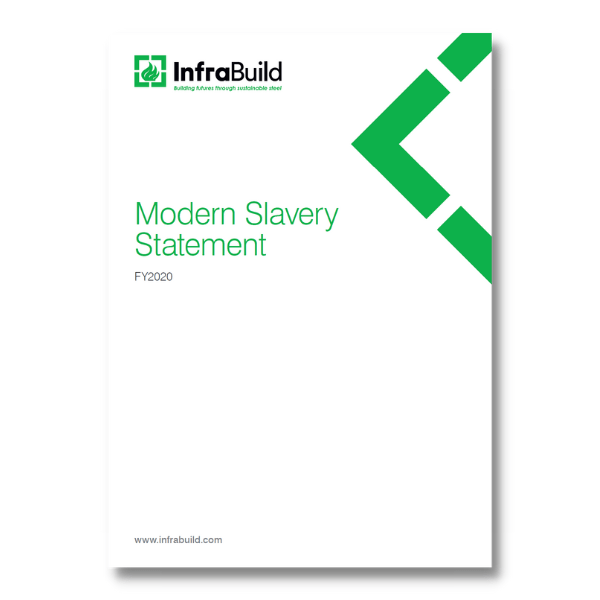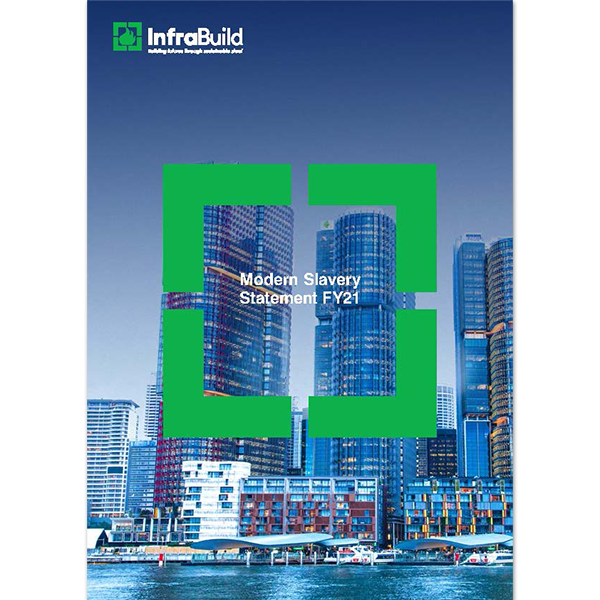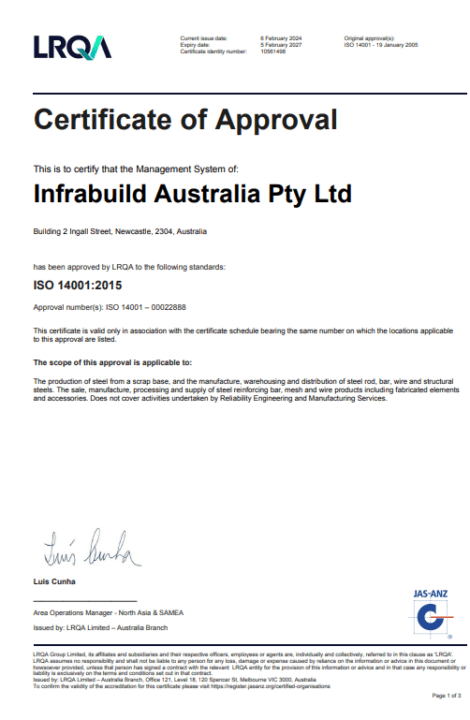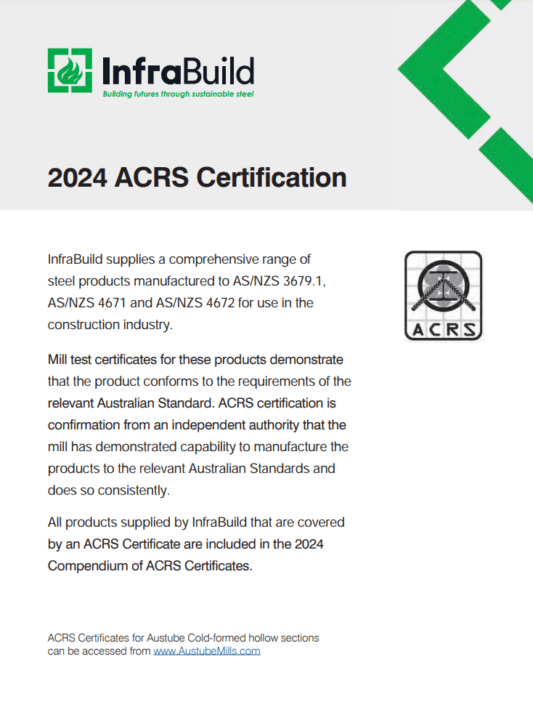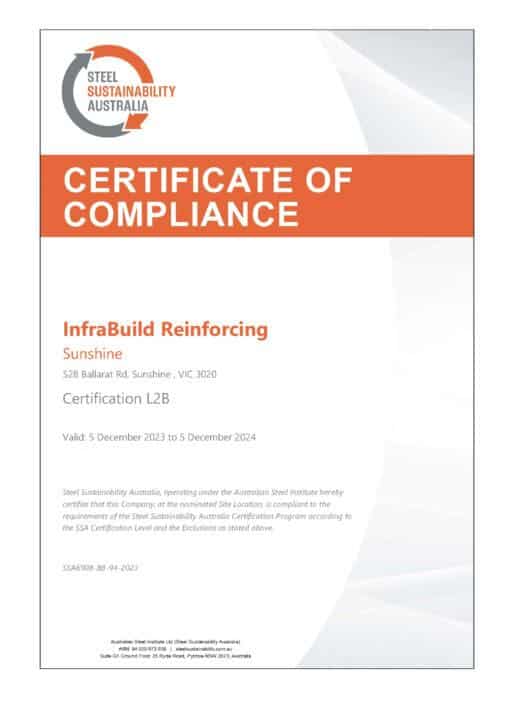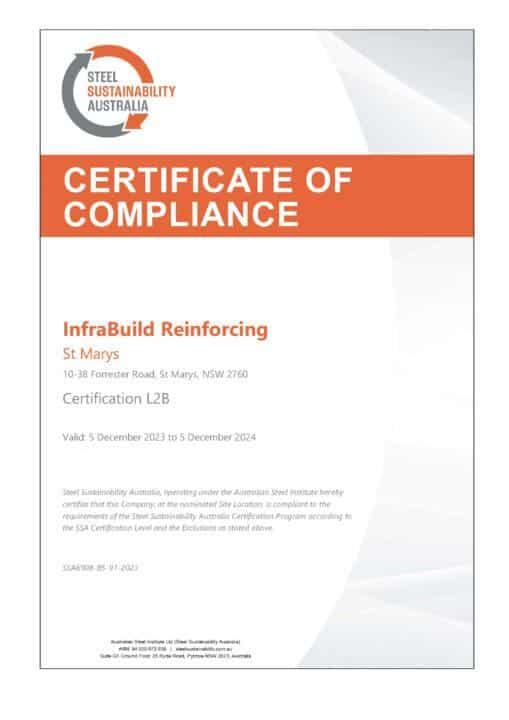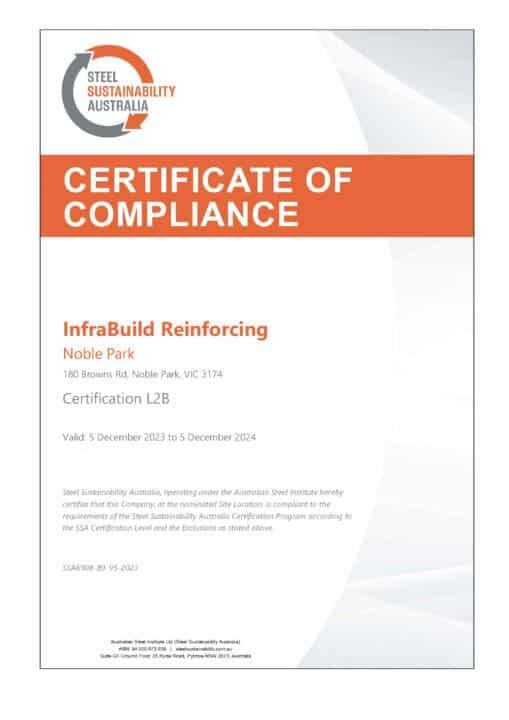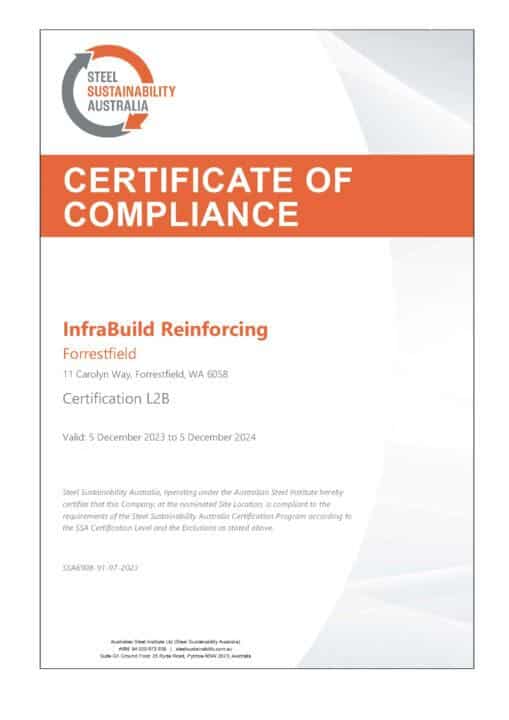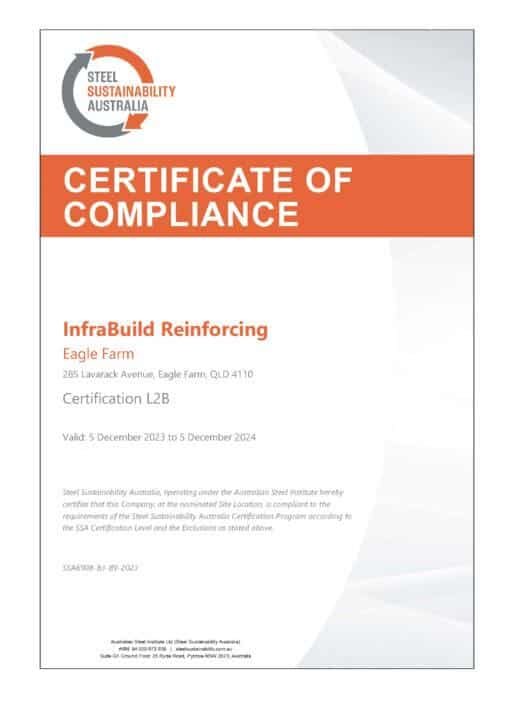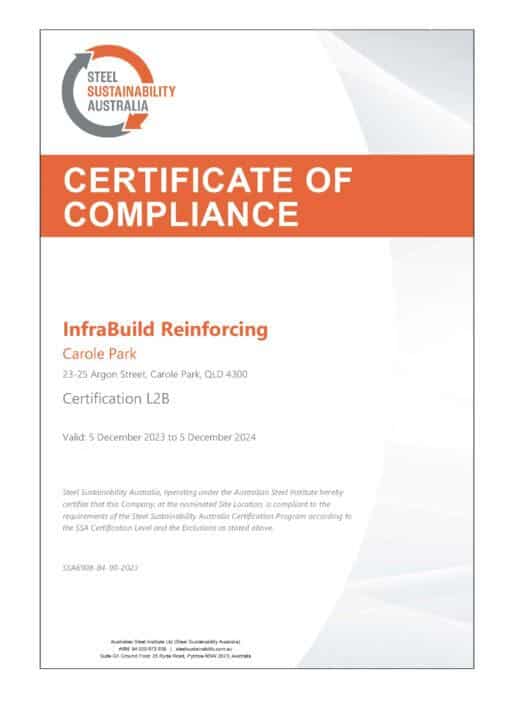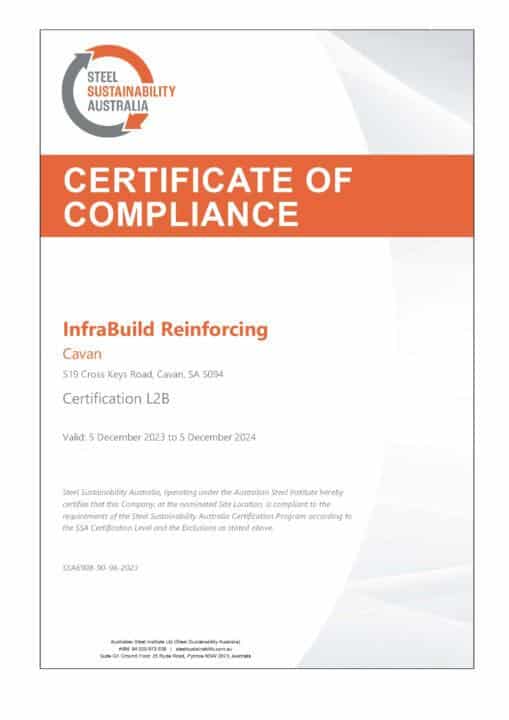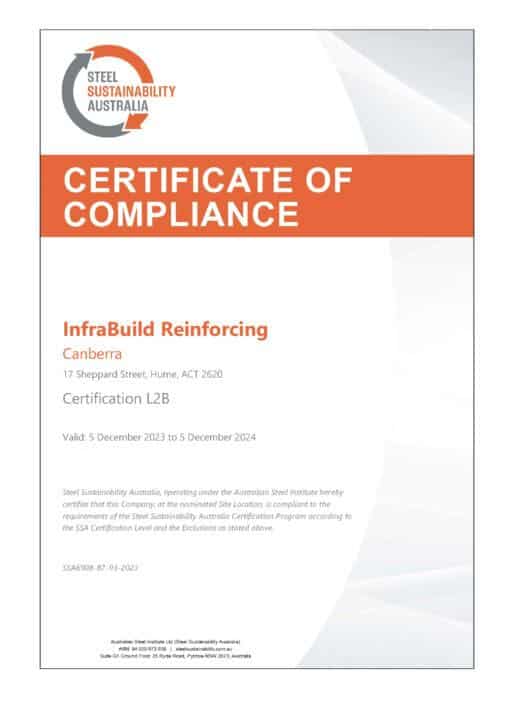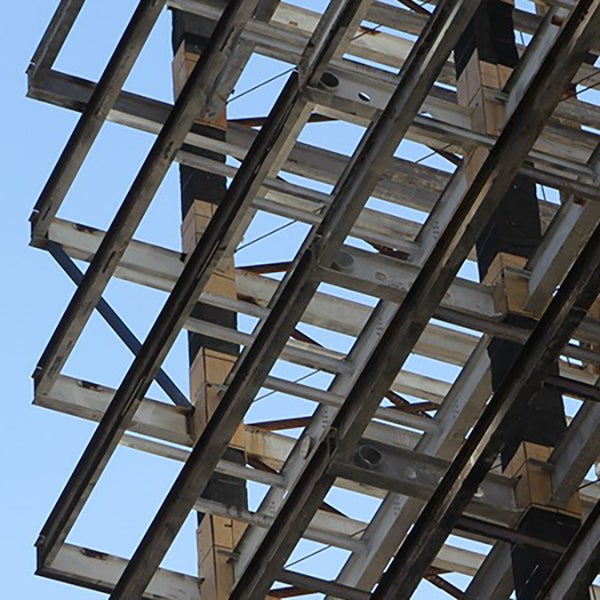
Steel products are playing a key role when it comes to sustainable design.
- Sustainable practices have become essential to the future of Australia’s construction industry
- Whether in reinforced concrete, steel and concrete composite, or structural steel designs, steel is at the forefront of advances in sustainability
- Steel’s high strength-to-weight ratio offers opportunities in sustainable design
Sustainable practices are no longer just a desirable addition to a construction project. They have become essential to the future of Australia’s construction industry. Architects, engineers and builders are looking for innovative design solutions to meet construction demands on time and on budget.
It should come as no surprise that steel is at the forefront of advances in sustainability. Whether within reinforced concrete, steel and concrete composite, or structural steel designs, the sustainable design attributes of steel are considerable.
Design properties
A truly sustainable development is one that meets the needs of the present without compromising the ability of future generations to meet their own needs. Designing structurally efficient buildings reduces use of resources by using materials efficiently and maximising usable space. A building becomes more adaptable, and therefore exercises greater value, by accommodating changing requirements over time.
Steel’s high strength-to-weight ratio offers opportunities in sustainable design through lighter structures and foundations. Steel-framed buildings can also be efficiently modified and extended due to the inherent adaptability of steel and steel connections.
Designing for operational efficiency is paramount – energy consumption in buildings currently accounts for more than 90 per cent of the total cradle-to-grave impact of the building. An optimal solution is to use pre-fabricated steel, which provides environmental benefits such as minimal on-site waste. Steel can be easily manufactured off-site and delivered to site cut to length, drilled and fabricated. Accurate off-site manufacture and less energy-intensive construction can also fast track the building process. This method can eliminate on-site storage, thus improving site logistics. In addition, any steel waste that is produced during manufacture, such as off-cuts or turnings, can be 100 per cent recycled into new steel.
Low maintenance
Proper maintenance extends building life and reduces operational costs with steel construction offering many opportunities for low-maintenance solutions.
The use of corrosion protection systems on weathering steels, and metal-coated or painted steels, helps preserve steel facades that are exposed to the weather. Designing buildings with steel also offers opportunities for easily accessible servicing.
Design for deconstruction
InfraBuild abides by the simple but powerful principle that a structure should be as easy to deconstruct as it is to construct. This concept is essential to sustainable design so that buildings can be deconstructed for material reuse or recycling.
Steel component reuse saves energy and reduces greenhouse effects compared with the option of re-melting components into new steel. Elements can potentially be demounted and used in another building, or in a different location in the same building.
When all reduce-and-reuse options are exhausted, steel building materials offer excellent recycling opportunities. Scrap steel is 100 per cent recyclable and of high value, making steel the most recycled material in the world by weight.
Please contact us for any feedback or media enquiries about this content.
Related Resources
Latest Resources
Subscribe to the
InfraBuild newsletter
Receive regular updates on news, case studies as well as the latest products and services.

